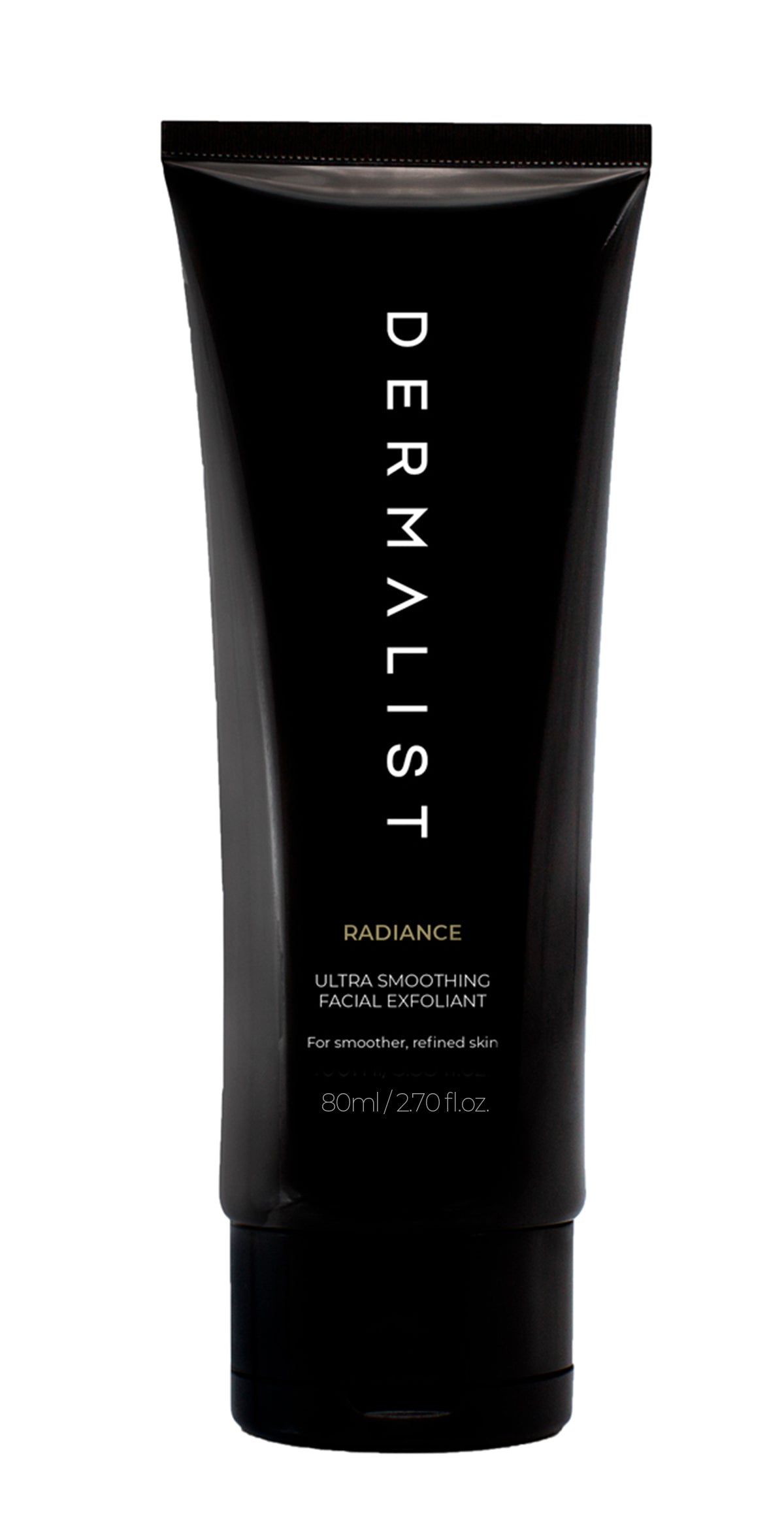AHA Exfoliants vs BHA Exfoliants: Which is Right for Your Skin?
When it comes to exfoliating acids, there are two families that dominate the skincare world: AHAs (alpha hydroxy acids) and BHAs (beta hydroxy acids). While both offer skin-smoothing benefits, their differences are more than skin-deep - and choosing the right one can be the difference between a glowing, hydrated complexion and a less-than-ideal result.
At Dermalist, we believe AHAs are the gold standard for most skin types - and here’s why.
What Are AHA Exfoliants?
AHAs are water-soluble acids derived from natural sources like milk, sugarcane, and fruit. The most common include lactic acid, glycolic acid, mandelic acid, and citric acid.
How they work: AHAs gently dissolve the bonds between dull, dead skin cells, encouraging them to shed so fresh, healthy cells can surface. They also attract water to the skin, improving hydration levels - a feature that sets them apart from other exfoliants.
What Are BHA Exfoliants?
BHAs, with salicylic acid as the most common example, are oil-soluble acids. This means they can penetrate into pores to help clear blockages, making them popular in acne treatments and for oily skin types.
How they work: BHAs work on both the skin’s surface and within the pore lining to break down oil and debris. However, they can be more drying and potentially irritating — especially for sensitive or mature skin.
AHA vs BHA: The Key Differences
| Feature | AHA | BHA |
|---|---|---|
| Solubility | Water-soluble | Oil-soluble |
| Best for | Dry, dehydrated, dull, ageing skin | Oily, congested, acne-prone skin |
| Hydration | Yes - humectant properties | No |
| Exfoliation depth | Surface-level cell renewal | Surface + inside pores |
| Irritation potential | Low to moderate (gentler options like lactic & mandelic are suitable for sensitive skin) | Higher potential for dryness or peeling |
Why AHAs Are the Better Choice for Most Skin Types
While BHAs excel at targeting oily, congested skin, they can strip moisture from the skin if overused - leading to dehydration and irritation.
AHAs, particularly lactic acid and mandelic acid, not only refine texture and tone but also replenish moisture, making them ideal for:
-
Ageing or mature skin
-
Dry or dehydrated skin
-
Sensitive skin needing gentle resurfacing
-
Uneven skin tone or pigmentation concerns
Dermalist’s Ultra Smoothing Facial Exfoliant
Our Ultra Smoothing Facial Exfoliant combines the skin-refining power of lactic acid (AHA) with the gentle polishing action of natural Tagua beads - an eco-friendly, biodegradable alternative to plastic microbeads.
This dual-action formula:
-
Smooths and brightens without over-stripping
-
Hydrates and supports the skin barrier
-
Visibly refines texture in a single use
-
Works for even sensitive skin types
By pairing a hydrating AHA with natural physical exfoliation, we’ve created a treatment that leaves skin glowing, comfortable, and instantly renewed.
The Bottom Line
For most skin types - especially if your concerns include dullness, fine lines, dehydration, or pigmentation - AHAs offer the perfect balance of refinement and hydration.
If you have oilier skin, pairing an AHA-based exfoliant with a gentle, balancing cleanser can work wonders. Using Dermalist’s Ultra Smoothing Facial Exfoliant alongside our Ultra Hydrating Lactic Cleanser provides a comprehensive approach - deeply cleansing away excess oil while refining texture, brightening tone, and keeping the skin hydrated and comfortable.
With the right combination, you can achieve a clear, balanced complexion without compromising on skin health.
Ready to take the next step in your skincare?

